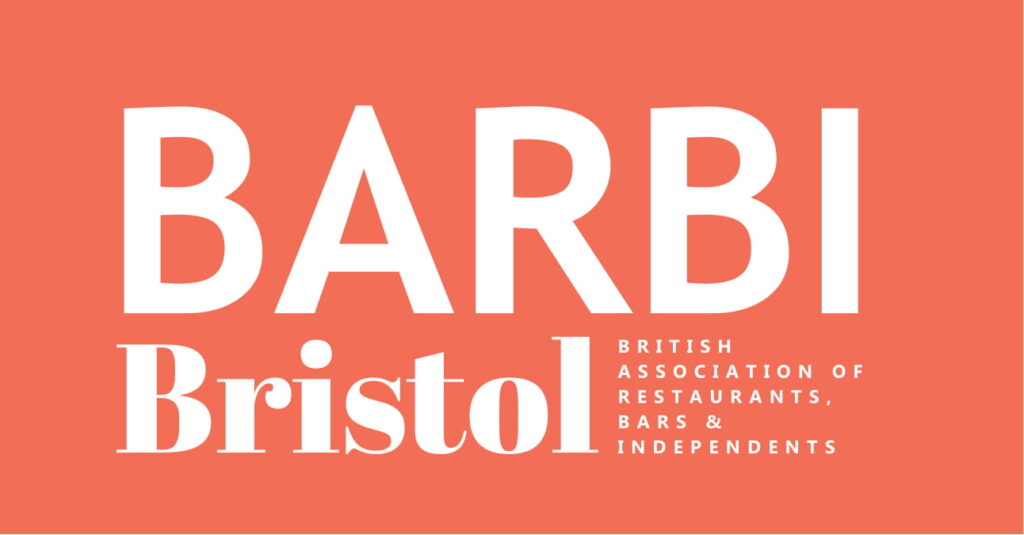Burglary: an unlawful entry with or without force to commit a theft or other crime. Can you afford to ignore burglary prevention?
As the fastest growing insurance broker to the leisure and hospitality industry, we pride ourselves on having dealt with (and successfully defended) a wide range of claim scenarios. However, we recently found ourselves defending a claim whereby thieves had gained entry to a clients premise via the wooden cellar hatch, usually intended as general access to drop beer kegs into the cellar. It confirmed our suspicions that thieves really will go to any lengths to burgle a property if they intend on doing so. As a consequence, NDML offer simple, yet effective advice, for safeguarding your premises from unwanted visitors.
Lock the burglar out
A sturdy lock will discourage a timid burglar, and make a bold one work harder – experts suggest the pin-cylinder lock provides the best protection since it’s difficult to pick.
The lock should be a dead bolt-type, requiring either a key or a knob to set it. Such a lock cannot be opened by slipping a piece of celluloid between the door edge and jamb, a standard burglar’s technique.
The ultimate frustration for the burglar is the double-cylinder dead lock which must be opened by a key from either side, making it difficult for a hidden burglar to get out of the building.
In addition to locks, bars over windows, skylights, and other openings can also frustrate any unauthorised entrance.
Count the keys
Experts advise that records should be kept on key distribution and that employees should be required to turn in their keys when they leave the business. Having a master key or one key for both outside doors and inside offices is convenient, but makes burglary a simple matter. It’s a good idea to code keys so only the employees know which locks they fit.
Sound the alarm
Burglar alarms are perhaps the most obvious means of burglar protection. There are two types: 1. The silent central-station alarm which offers the best protection. This type sounds at a private protection agency or in the local police station, unknown to the burglar and 2. The cheaper building-type local alarm system.
In the spotlight
Providing a lot of light, both inside and out, is incredibly effective. Having each entrance point, including windows and large vents, flooded with light will discourage all but the most highly motivated burglar. Mercury and metallic vapor lamps serve well since they are almost unbreakable.
It’s advisable to arrange indoor lighting so anyone on the inside can be spotted by police patrolling the area. It’s best that window displays not block the view from the street.
Make safes safer
No matter the weight or shape, safes can be bolted to the building and should ideally be placed near the front of the club so suspicious activity is visible from the street at night. Since burglars can’t take what isn’t there, safes should be emptied, where possible, every night and excess cash banked. It’s also a good idea to equip safes with silent alarms.
Use gratings, special glass
Heavy metal window screens and doorway gratings are an inexpensive way to protect display cases. Burglar-resistant glass (a sandwich of plastic between two sheets of glass) thwarts access to displays and the building itself. It can be broken, but it takes continual hammering to do so.
Don’t forget the obvious
The above tips can help prevent burglaries but common sense prevails. For example, locking doors and safeguarding your building is futile if staff are careless with their keys.
Only by applying all these prevention techniques can the business owner be assured the thief’s profits don’t become the owner’s loss.







